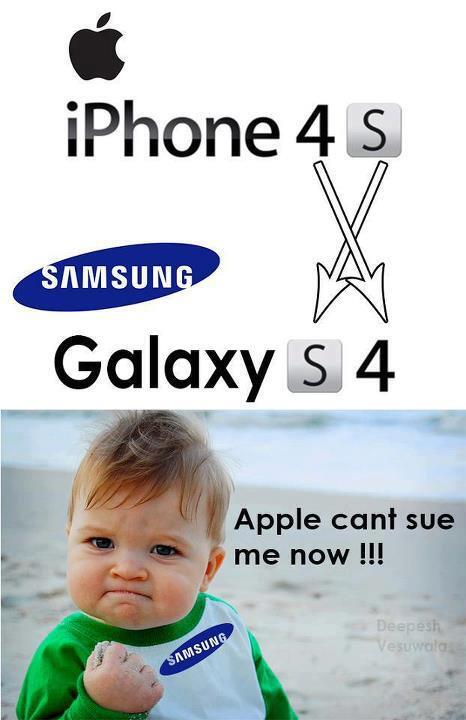
Apple FaceID vs Samsung Iris scanner
Apple’s Face ID is now the most hot topic, Face ID as you know its facial recognition system, designed and released by Apple Inc. and will be included in the iPhone X. It allows users to unlock Apple devices, make purchases in the various Apple digital media stores (the iTunes Store, the App Store, and the iBooks Store), and authenticate Apple Pay online or in apps.
Samsung also got similar technology to unlock the phone using Iris scanning feature.Now lets see how both these technologies work & comparison them, analyze how it overcomes some of the common issues.
Apple Face ID
Face ID generates a map of your face with the help of the below components and then matching with the data stored on the phone.
- Dot Projector – Emits close to 30,000 invisible dots to your face to build a unique 3D facial map.
- IR camera – Reads and analyses the dot pattern from the Dot Projector and captures an infrared photo of your face. Then, it transfers the data to the special secure storage of the Bionic chipset for registering a new face or confirming a match.
- Flood Illuminator – Using dedicated infrared flash which throws out invisible infrared light onto your face to make the Face ID work even in dark.


Below are the conditions where Face ID might not work :
- Face ID cannot successfully stop your identical sibling from accessing your device’s contents.Those who have an identical twin will really need to protect their sensitive data with a passcode.
- Many consumer facial recognition systems are trained on mostly white faces. According to Apple statement it’s trained Face ID with more than a billion photographs of people’s faces, but we don’t know how racially diverse those faces are.We have to wait & see if Face ID suffers from racial bias.
Here’s how Apple Face ID overcomes common issues :
- Low light environments – Face ID blasts your face with the invisible infrared light (like night vision), which lets Face ID pick up your face in poorly lit environments or even in complete darkness.
- Different angles -Face ID works at fairly extreme angles. For instance, if camera can detect your eyes to mouth,it can unlock it as long as the infrared.
- Photo spoofing – Unlike facial unlocking on Samsung’s Galaxy S8 and Note 8 that can be easily beaten by a person’s photo, this won’t work with Face ID. Face ID uses depth perception to recreate your face in 3D, as well as machine learning, artificial intelligence to confirm a match.
- Physical changes in appearance—Face ID uses neural networks that have been trained to detect physical changes in your appearance. It learns who you are and adapts as your face ages. Hairstyles, beards, makeup, hats, sunglasses, scarves and other accessories.
Samsung iris Scanner :
Identification of iris is done by below components.
- IR LED: This is identical to the flood illuminator component of the iPhone X. IR LED focusses the infrared light only to your eyes, while the former lights up the entire face.
- Iris Camera: This is Infrared camera fine-tuned to capture photos of your iris.Using an IR LED on the front panel of the phone and a dedicated iris camera. The camera is designed with a special image filter which receives and recognises the reflected picture of the irises with a red IR LED light.
- Once the iris is registered, the phone stores the iris data as an encrypted piece of code. Then, when the user tries to access the phone, or any protected content or apps, the LED and camera work together to capture the iris, then extract the file and compare the pattern with the code to allow access. All this is done in a fraction of a second.


Below are the conditions where Samsung Iris scanner might not work :
- Wearing glasses or contact lenses, having narrow or “puffy” eyes, shaking or tilting the device, covering the scanner or LED with a screen protector or having dirt on your glasses.
- If you’ve registered your iris in bright light but then trying to scan them in low light (or vice versa), as well as when light reflects onto your eyes or glasses, or just when you’re in bright sunlight or low light conditions.
After going through both & if you’ve decided not to use any of them,you’re not alone.:)
Average Rating